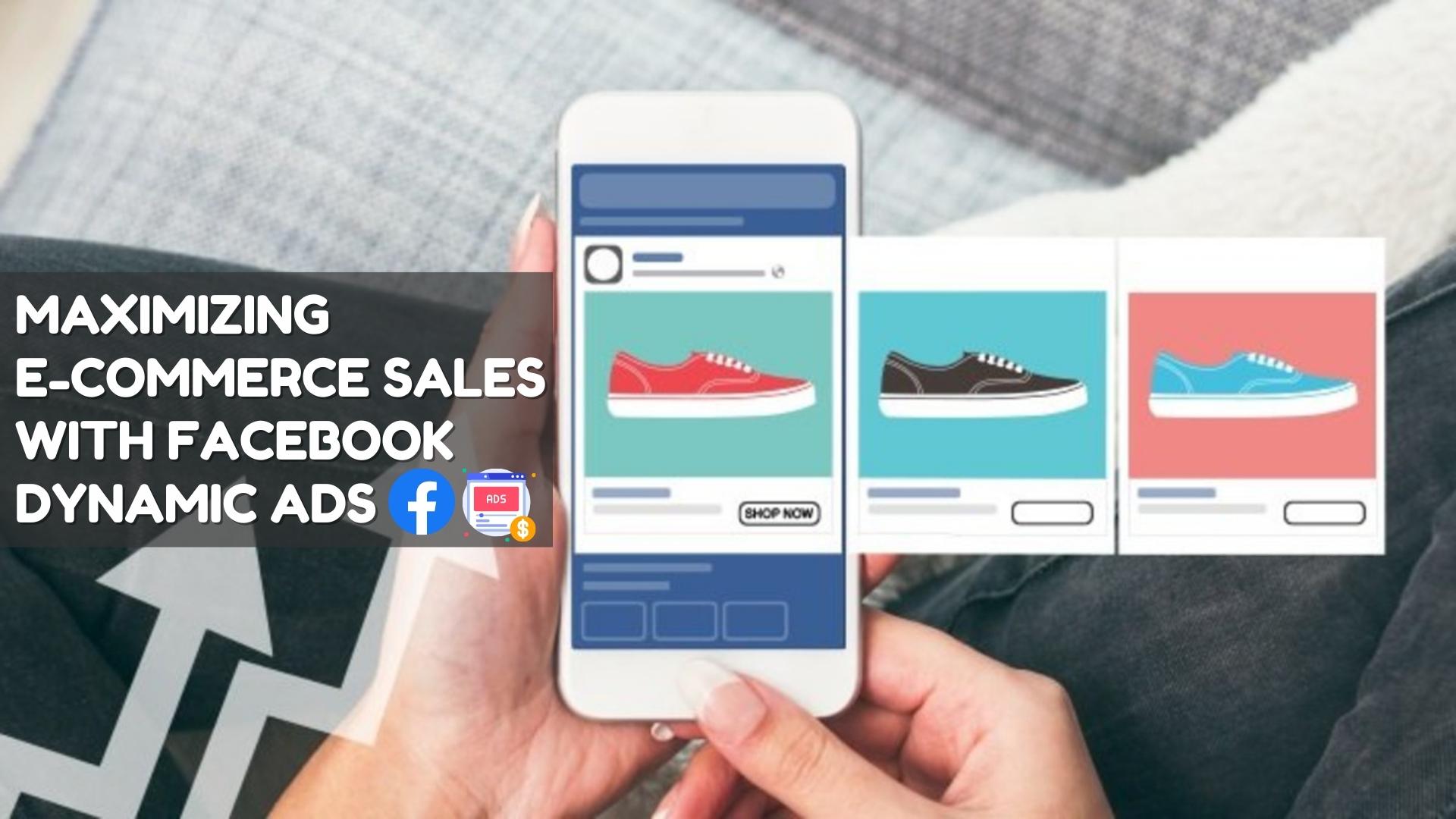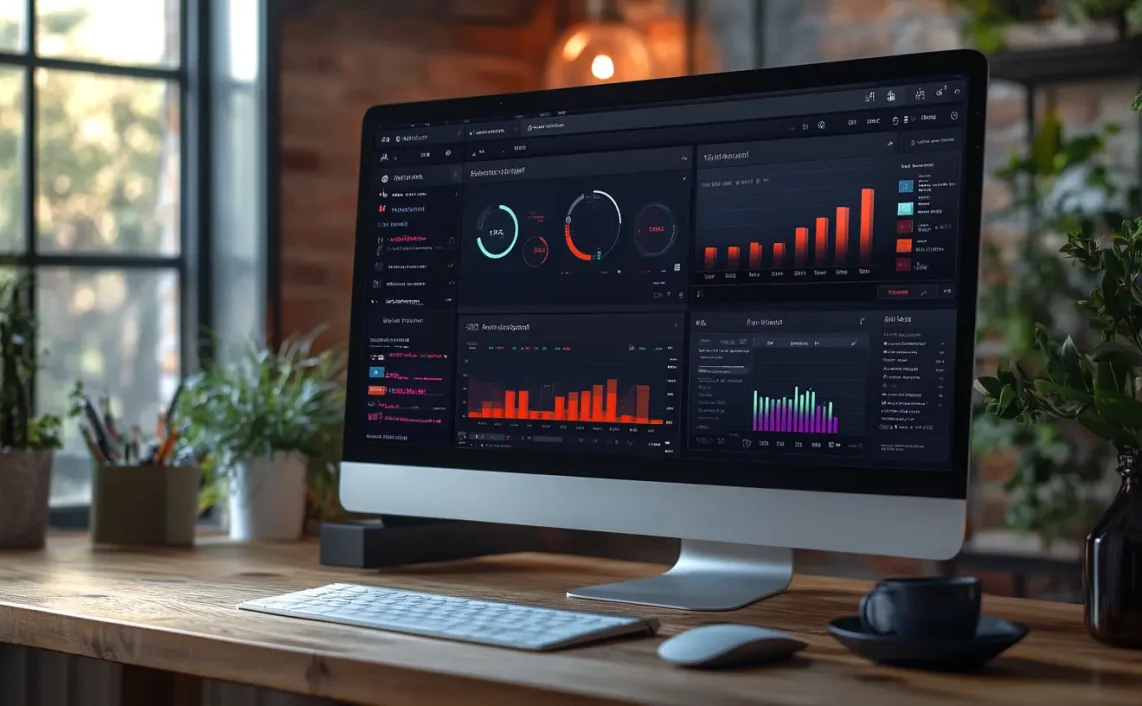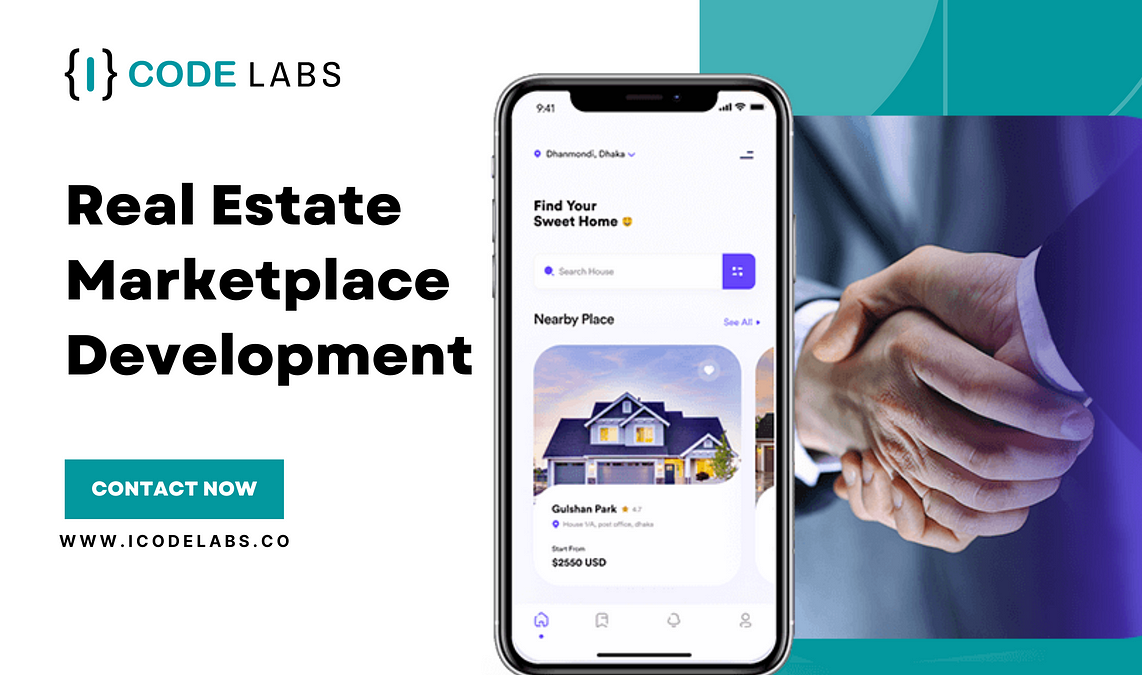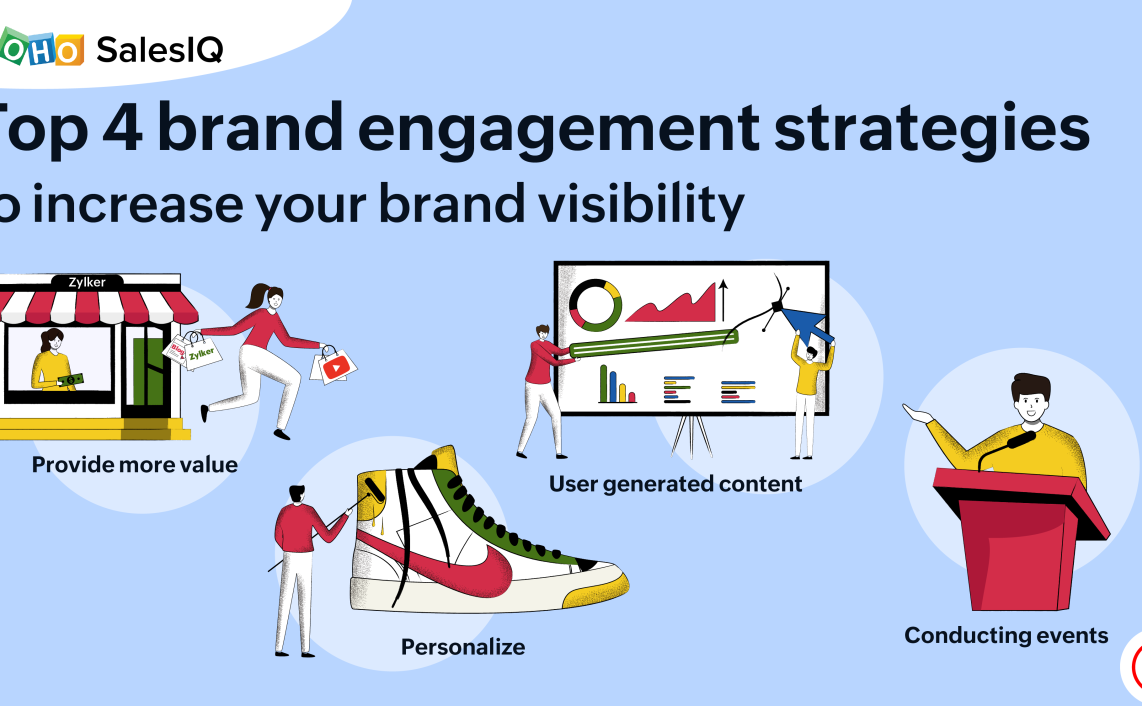Maximizing Facebook Ads For Electronics Retail Websites

Executive Summary

In the digital age, Facebook Ads stand as a powerful tool for electronics retail websites seeking to reach a vast audience and drive sales. This article explores strategies to optimize Facebook Ads for maximum impact, encompassing targeting, creative optimization, and conversion tracking. By leveraging these techniques, businesses can effectively reach their target audience, increase brand awareness, and ultimately boost sales.
Introduction
The world of online shopping is fiercely competitive, especially in the electronics niche. To stand out, electronics retailers need to employ effective marketing strategies, and Facebook Ads offer a highly targeted and engaging platform. This comprehensive guide will delve into the essential elements of creating and executing successful Facebook Ads campaigns specifically tailored for electronics retailers.
Frequently Asked Questions
1. What are some key benefits of using Facebook Ads for electronics retailers?
- Targeted Audience: Reach specific demographics, interests, and behaviors.
- Increased Brand Awareness: Expand your reach and build brand recognition.
- Measurable Results: Track campaign performance and optimize accordingly.
- Cost-Effective Marketing: Control your budget and achieve a strong return on investment.
2. How can I ensure my Facebook Ads are relevant to my target audience?
- Detailed Targeting Options: Utilize demographics, interests, behaviors, and custom audiences.
- Strong Ad Copy: Highlight key features and benefits that resonate with your target audience.
- Compelling Visuals: Use high-quality images and videos that capture attention.
3. What are some effective strategies for optimizing my Facebook Ads for conversions?
- Conversion Tracking: Measure the effectiveness of your ads in driving sales.
- A/B Testing: Experiment with different ad variations to identify the most successful elements.
- Retargeting: Reconnect with website visitors who didn’t complete a purchase.
- Dynamic Product Ads: Show relevant products to users based on their browsing history.
Defining Your Target Audience
Understanding your target audience is the foundation of any successful marketing campaign. This involves identifying their demographics, interests, behaviors, and pain points.
- Demographics: Define age, gender, location, and other key demographics.
- Interests: Identify passions, hobbies, and online activities that align with your products.
- Behaviors: Analyze online behaviors such as shopping habits, device usage, and media consumption.
- Pain Points: Understand the challenges your target audience faces and how your products can address them.
Crafting Compelling Ad Copy
Effective ad copy is crucial for capturing attention and driving engagement.
- Clear and Concise: Use straightforward language that conveys the benefits of your product.
- Strong Call to Action: Encourage users to take the desired action, such as visiting your website or making a purchase.
- Highlight Key Features and Benefits: Emphasize the unique selling propositions of your product.
- A/B Testing: Experiment with different ad copy variations to see what resonates best with your audience.
Optimizing Visuals for Maximum Impact
Visuals play a vital role in attracting attention and driving engagement.
- High-Quality Images and Videos: Use professional-grade visuals that showcase your products in the best light.
- Compelling Visuals: Select images and videos that are eye-catching and relevant to your target audience.
- Mobile Optimization: Ensure your visuals are optimized for viewing on mobile devices.
- A/B Testing: Experiment with different image and video combinations to determine which performs best.
Mastering Targeting and Retargeting Strategies
Facebook offers a wide range of targeting options to ensure your ads reach the right people.
- Detailed Targeting: Utilize demographics, interests, behaviors, and custom audiences to refine your reach.
- Lookalike Audiences: Create audiences similar to your existing customers or website visitors.
- Retargeting: Re-engage with users who have previously interacted with your website or ads.
- Dynamic Product Ads: Display personalized product recommendations to users based on their browsing history.
Tracking and Analyzing Results
Conversion tracking is essential for measuring the effectiveness of your Facebook Ads campaigns and optimizing your strategy.
- Conversion Tracking: Set up conversion tracking pixels to monitor website conversions, lead generation, and other key metrics.
- Reporting and Analytics: Analyze campaign data to identify areas for improvement.
- A/B Testing: Experiment with different ad variations to see what delivers the best results.
- Budget Optimization: Adjust your budget allocation based on campaign performance.
Conclusion
By leveraging the power of Facebook Ads and implementing the strategies outlined in this guide, electronics retailers can effectively reach their target audience, increase brand awareness, and drive sales. By focusing on target audience definition, compelling ad copy, visually engaging content, targeted advertising, and result tracking, businesses can maximize the return on their Facebook advertising investments.
Keyword Tags
- Facebook Ads
- Electronics Retail
- Target Audience
- Ad Copy
- Conversion Tracking








